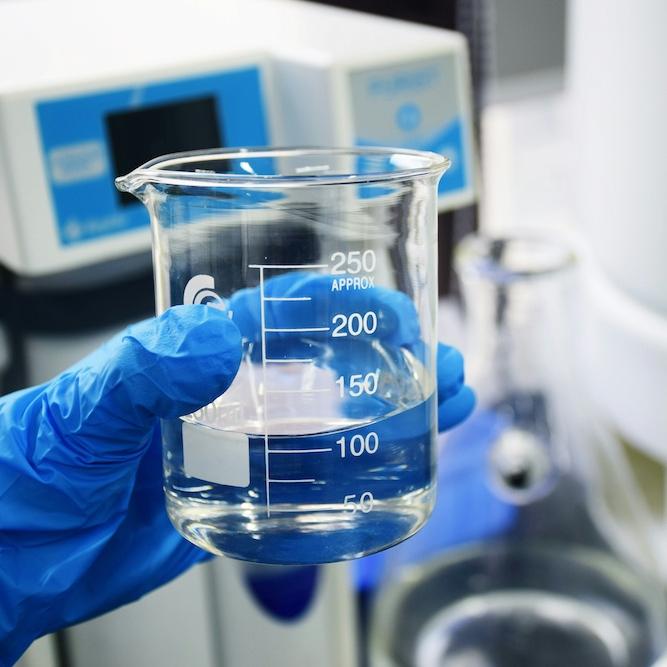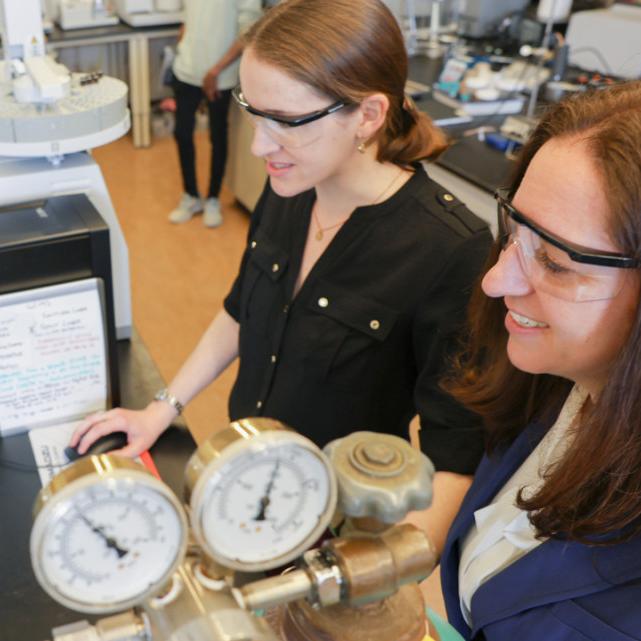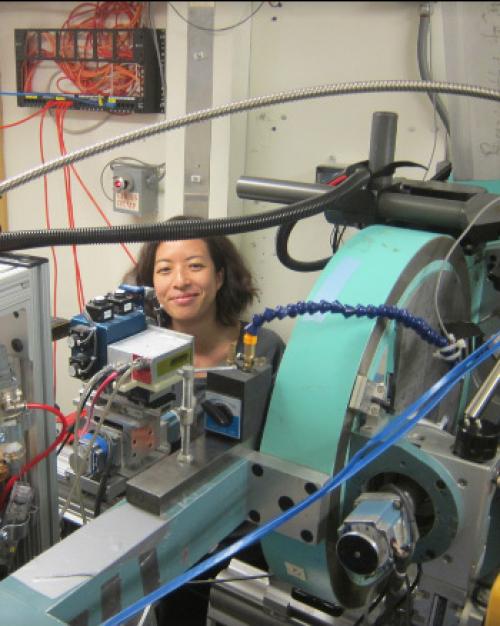Nozomi Ando, associate professor of chemistry and chemical biology, is being honored with the 2024 American Society for Biochemistry and Molecular Biology (ASBMB) Mildred Cohn Young Investigator Award for her outstanding and field defining contributions to the fields of protein dynamics.
Ando has dedicated her career to “seeing” atoms using high energy X-rays with a technique called diffuse scattering; imagine a pair of glasses that allow you to see atoms and molecules. These glasses not only let you see these molecules but also very specific ways molecules move.
Ando and her group have pushed the field forward by developing new programs for the modeling of atoms to describe their movement, their “dynamics” crucially allowing the movements of these atoms to be visualized. It turns out these movements these atoms have direct correlation to the function of these molecules.
With Cornell’s High Energy Synchrotron Source (CHESS), Ando and her lab use X-rays to “see” proteins and the way they move. The resulting snapshots of the structures of proteins are crucial to human health and the environment.
To further advance diffuse scattering, Ando and her team have developed mathematical tools and analysis pipelines to go beyond the snapshots. The scattering from these proteins can be extrapolated to reveal dynamics of atoms, recovering information that may be lost and giving insight to the function of these biologically important molecules.
This information includes the concept of “correlated motions” in a protein scaffold, the idea that atoms can move with each other in a choreographed dance that can give information on the context of a molecule, including information about reactions an enzyme performs and a protein’s evolution.
Through her work in diffuse scattering to see correlated motions directly influences, Ando has developed of our understanding of the biological underpinnings of allostery, the idea of “action at a distance.” If a molecule binds to a protein at one site, in a motion like pinching a clothespin, an allosteric protein responds with a change in shape and function at a different site like the clothespin opening.
“Science is never the work of one person. I am grateful to be standing on the shoulders of giants (including those of my mentors), and I feel lucky to be working with the members of my group – they are so passionate about their science, and they bring their creativity, compassion, and talent to make the lab a special place where we can make discoveries together, both scientific and non-scientific,” Ando said. “On a personal level, I am truly inspired by Dr. Cohn as she was a trailblazer in many aspects – as a woman in science, as a physical chemist who made an impact in biochemistry.”
Mildred Cohn overcame hurdles of gender and religious bias to become the first woman president of ASBMB (previously the American Society for Biological Chemists) and the first woman on the editorial board of the Journal of Biological Chemistry. Cohn developed breakthroughs in nuclear magnetic resonance methods to study enzyme mechanisms important to metabolism. This was all despite being told that studying chemistry was “unladylike” by one of her college professors, according to the ASBMB and the Science History Institute Museum and Library.
The Mildred Cohn Award also recognizes Ando as a scientific leader dedicated to diversity, equity, and inclusion in STEM.
Like Cohn, Ando has devoted her career to applying field shifting techniques to chemical biology while also striving to empower those who don't conform to historical norms of representation.
Audrey Burnim, Ph. D. ’23 is a former member of the Ando Lab writing for the College of Arts and Sciences.





